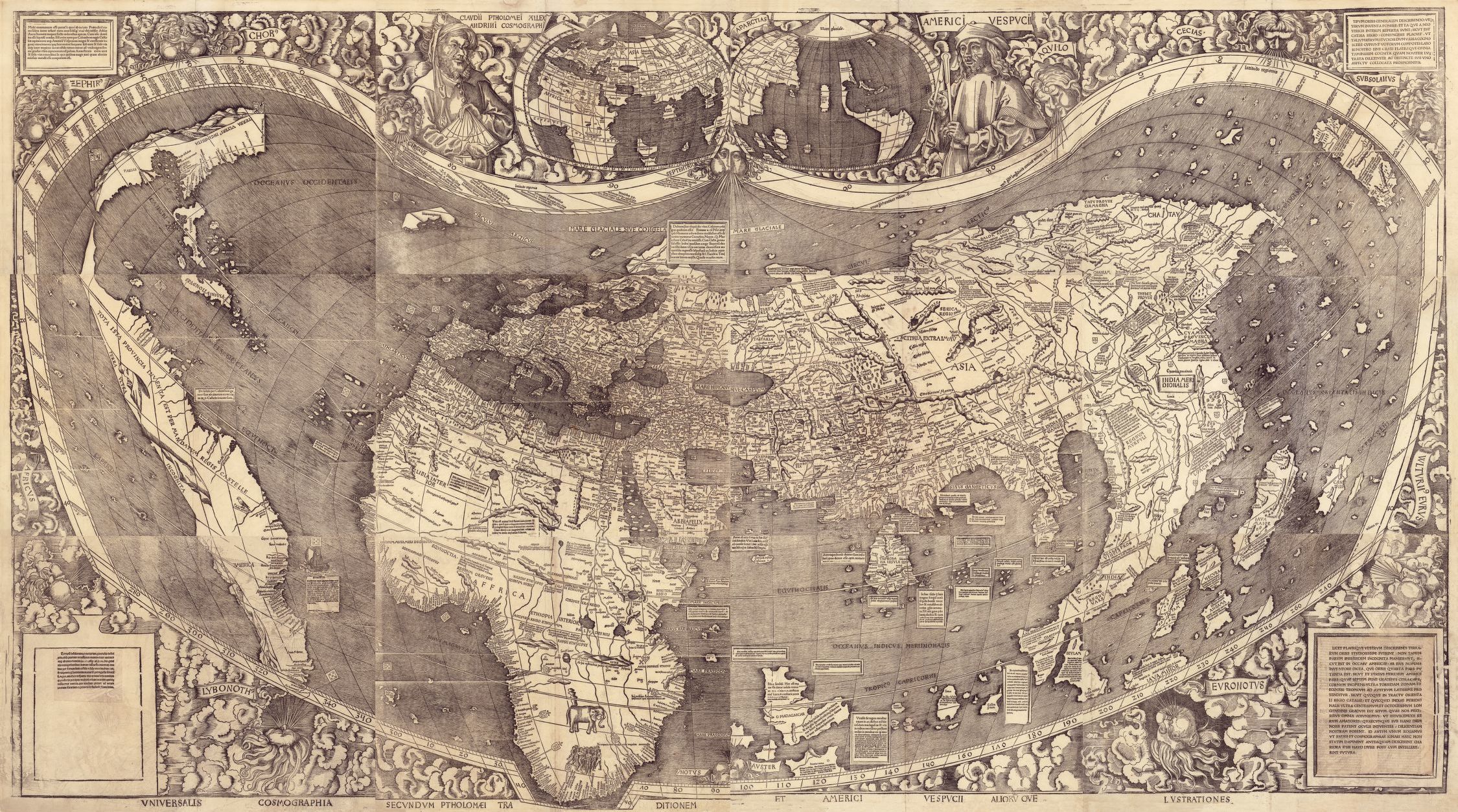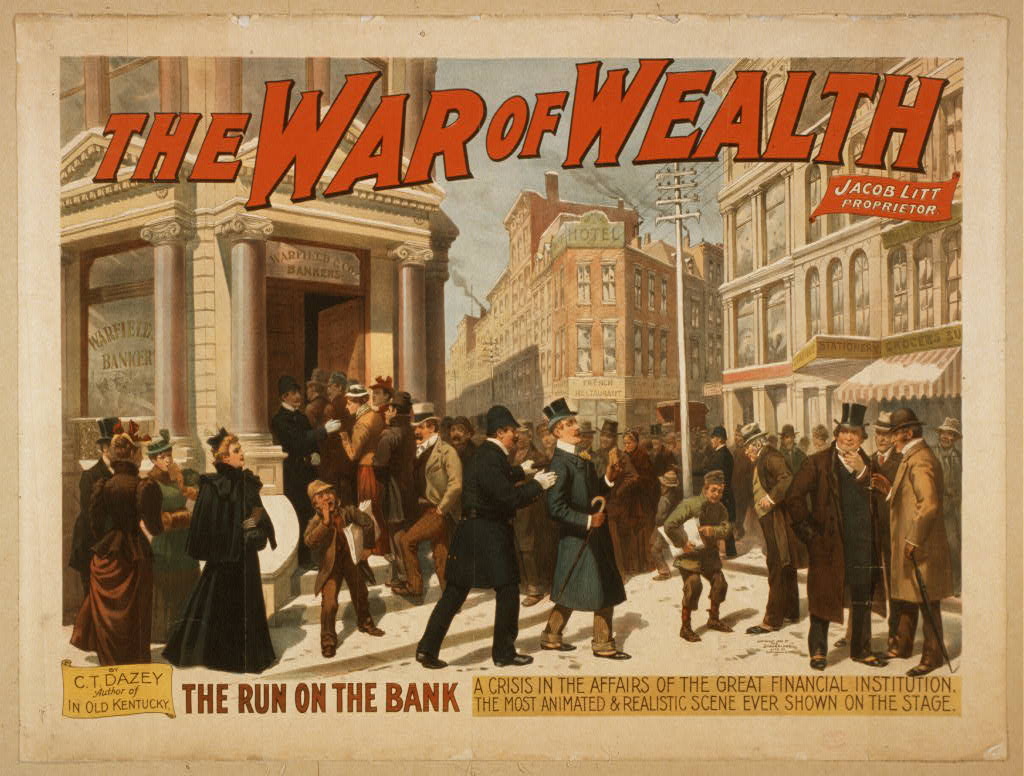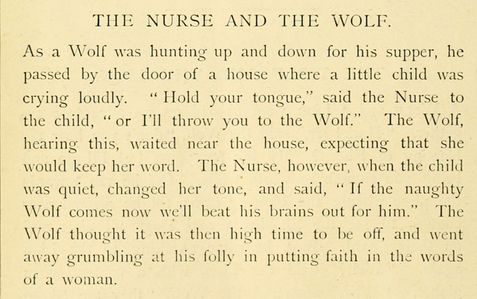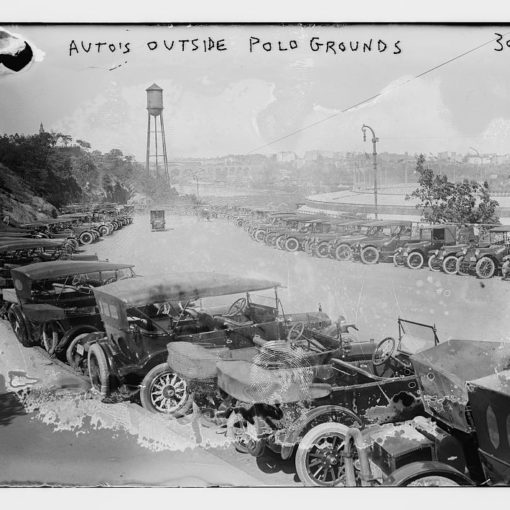The Waldseemüller map is a phenomenal piece of history. Coined the birth certificate of the Americas, the map was originally published in April 1507 by German cartographer Martin Waldseemüller. This was the first map to use the name “America”, which was used in honor of Italian explorer Amerigo Vespucci.
This map is incredibly large, originally made out of 12 sectioned wood block plates measuring at 18 by 24 inches each, making the fully assembled map more than 4 feet by 8 feet.
The activity below is an adaptation of the Library of Congress lesson plan for the Waldseemüller Map on their Teachers Page, which offers an in depth analysis without the use of QR codes.
Preparation
- Because of the immense amount of detail it is good to break the map into the original 12 sections for students to analyze. Download Waldseemüller Map w/o QR Codes here [PDF]
- TPS MSU Denver has also created a version of the sectioned map that has interactive QR codes that translate the Latin as well as help explain some of the imagery and important locations. Download a PDF of the QR code sectioned map here: Download Waldseemüller Map with QR Codes here [PDF]
- Download at QR code reader on your iPads or smartphones. There are plenty of free well made apps for both iPhone and Android.
Classroom Activity with QR Codes
This is what we call a butts-up activity. It’s a good opportunity to get those students out of their chairs and collaborating with each other.
Break the class into 2 or 3 groups depending on the class size. Give the students all 12 sections of the map in a random order. Don’t tell them what the map is or why it is important. Let them figure that out for themselves.
Have the students analyze each section of the map as a group much like you would other primary sources. You can use the Library’s Primary Source Analysis Tool with the Observe-Reflect-Question for maps strategy. What types of things do they observe? Are they able to reflect and/or infer anything from the map? Do they have any questions about the map?
As they look at each section individually, they will begin to realize that it forms one large map. Have them put the map together and analyze it again in its entirety. Once the map is put together, have them scan the QR codes and read the information provided to the group. How does each of the QR codes enrich our understanding of the map?
Each QR code offers more explanation of the map and also includes translations of the text to help give a deeper understanding of why the map is important. Download the Waldseemüller Map World 1507 QR Code Activity word document explanation. [DOC]
Key Questions
- Why do they think this map is important?
- What locations on the map do they recognize?
- Who are the figures surrounding the map and how do they help our understanding about the time period?
- Imagine how hard it would be for explorers to create such detail in 1507. How were the lives of these explorers? What sorts of trials and tribulations did they face?
- Who created this map?
Hints
- Take out the section with the Americas and then only give them that section when they have put the map together.
- Use the map without QR codes first, and then give them the QR codes after they have put the map together.
- You can also create your own QR codes to use on different lesson plans. We have found that Esponce is a good one to use to create codes for free.
Grade Level Recommendation
- Middle to High School
Skills Used
- Critical Thinking
- Spatial Reasoning
- Group Collaboration
- In-Depth Analysis
Technology Integration Tool
- Mobile devices and QR codes
Helpful Links
- Waldseemüller Map bibliographic page at Library of Congress
- Primary Source Analysis Tool
- About Martin Waldseemüller
- Library of Congress Waldseemüller Map Lesson Plan
- Exploring the Early Americas
- The Walseemüller Map: Charting the New World (Smithsonian Article)
Do you have anything to add to this activity? Let us know in the comments below.





